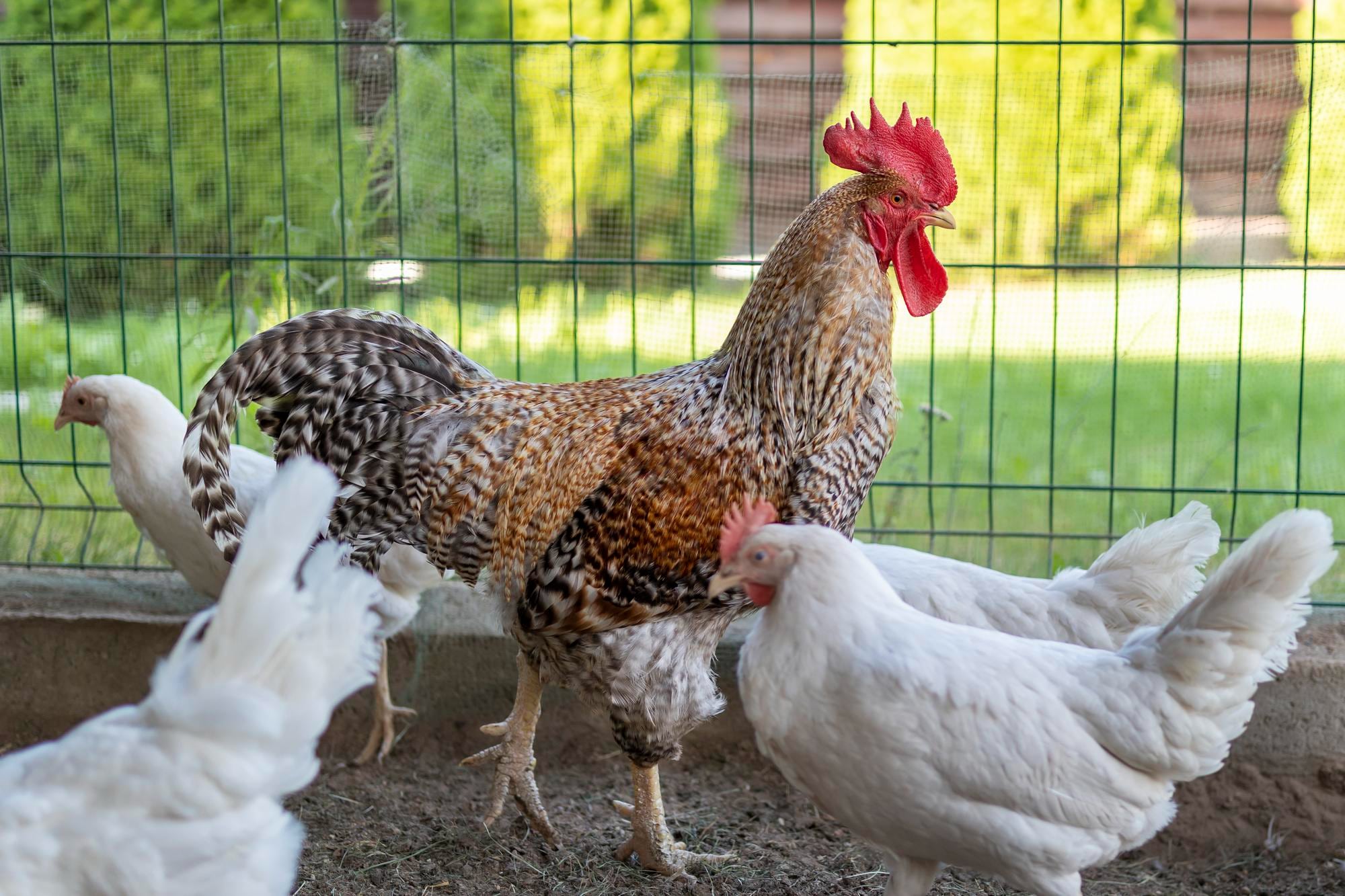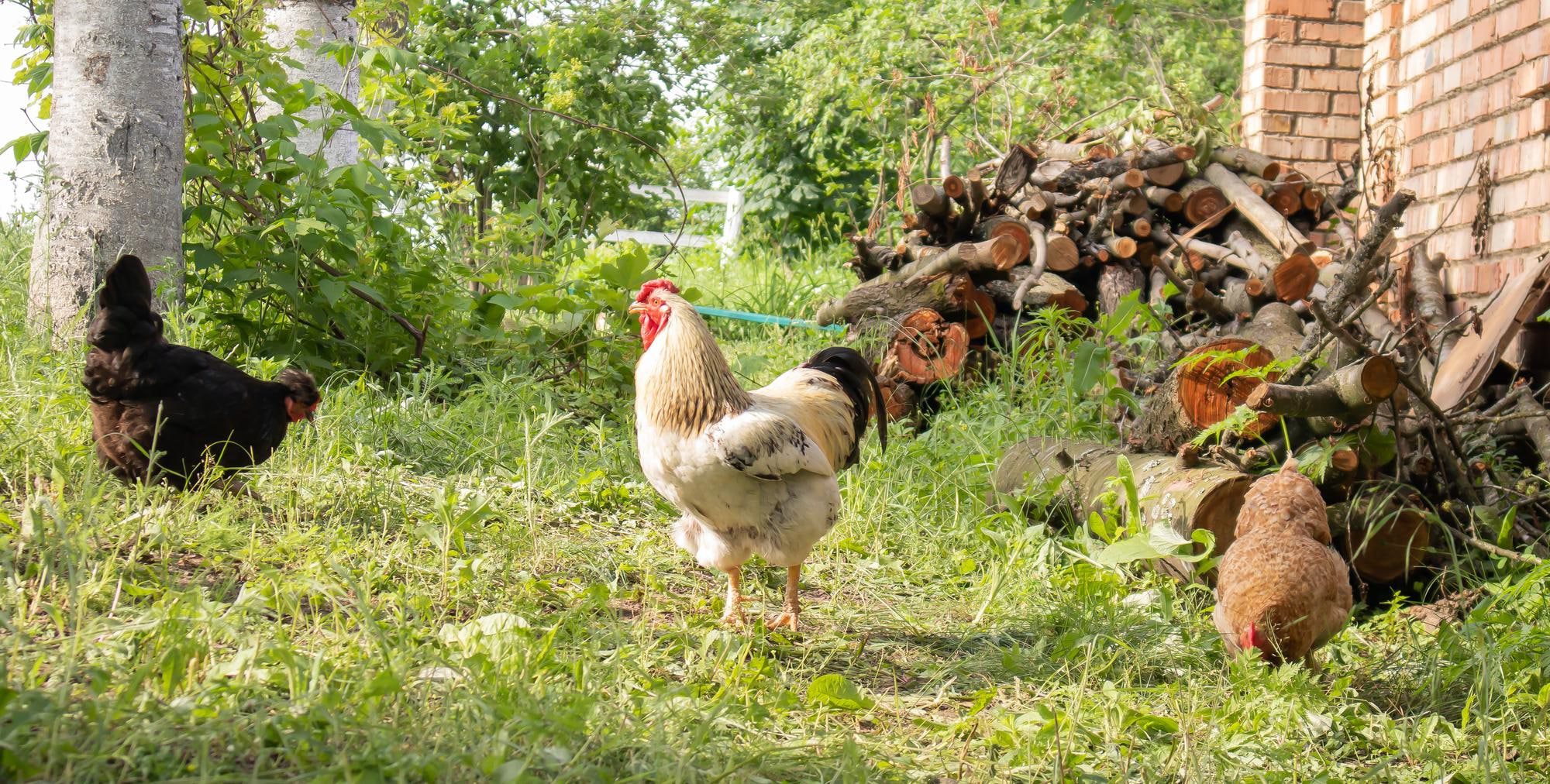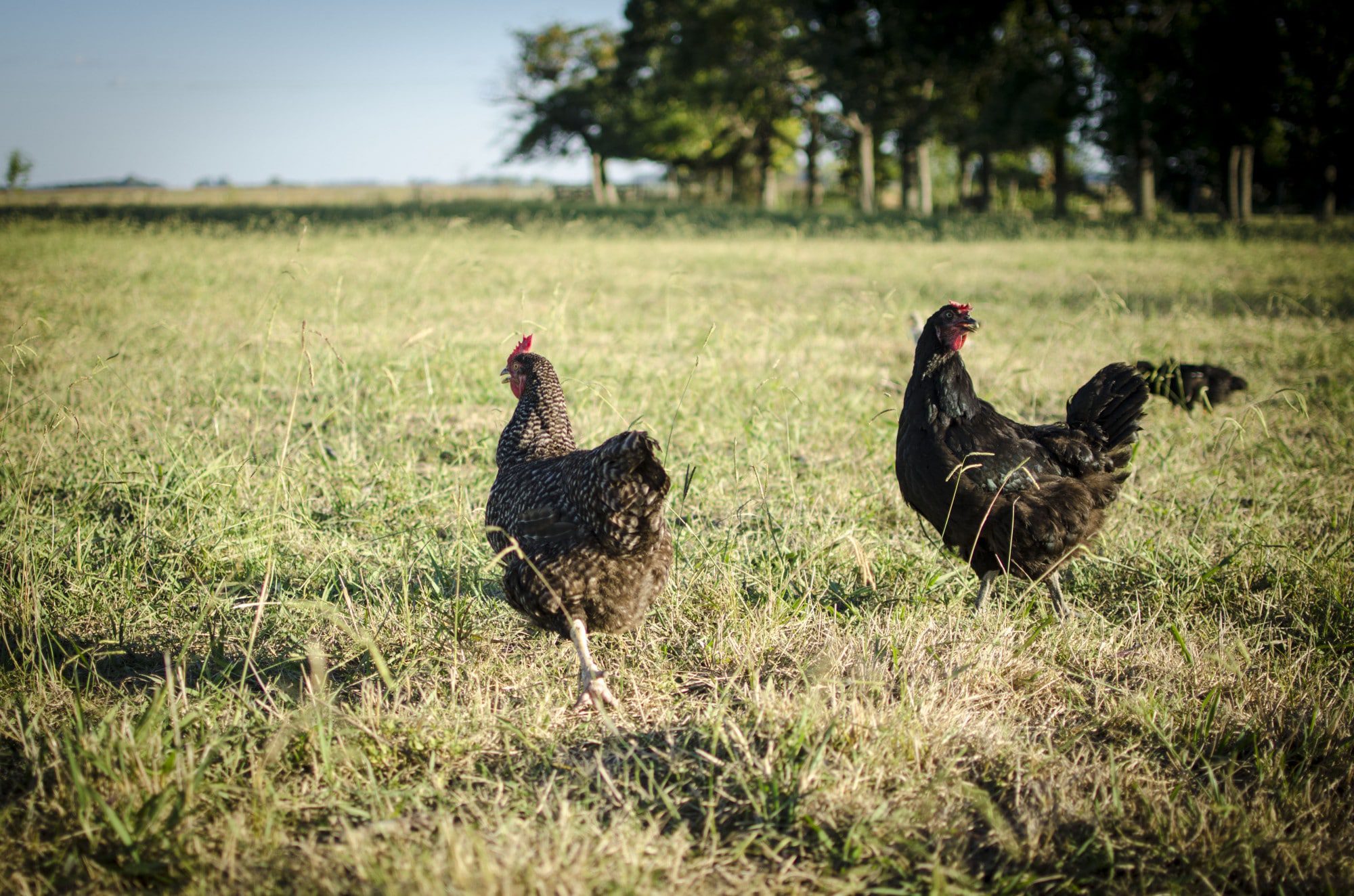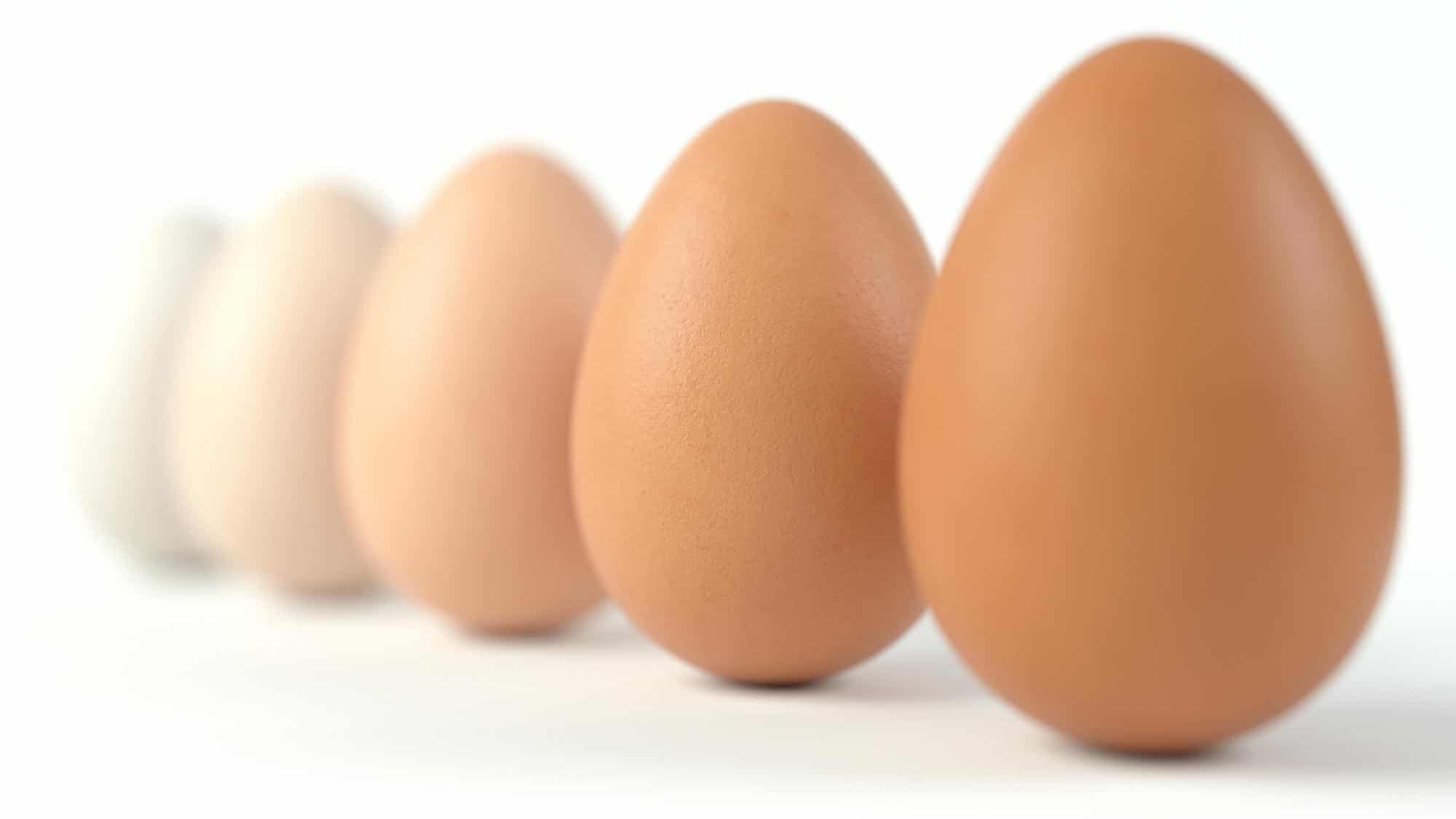
Selecting eggs these days can be a bit overwhelming, from cage, free-range, pasture-raised and many more labels on the market. If you don’t know the differences between these chicken eggs, you’re likely spending more time in the egg section of your local supermarket selecting the “best” egg for you. Similarly, this may happen if you are highly interested in making sustainability-focused choices when buying consumer goods.
According to the International Food Information Council (IFIC), two in three consumers surveyed said they prefer to pick food products listed with clean ingredients. This fact makes the labels on egg cartons much more significant today. There are substantial differences between the labels as they refer to various egg production methods, including how the chickens were raised and cared for during the process, nutritional differences and environmental impacts.
Let’s look at what each egg production method refers to, the benefits of and differences between each type and understand what they all mean, so we can help you move on to the next item in your grocery list!

What Are Cage Eggs?
Cage eggs are produced by chickens kept in battery cages within huge climate-controlled sheds and usually operated with conveyor belts. A vast majority of eggs produced in the U.S. come from chickens kept in cages for their entire egg-laying life.
Traditional Cages
Conventionally, every chicken is housed in an enclosed cage with a 67-square-inch area, which is less than the size of an Apple MacBook. Most of the hens can’t move or spread their wings or stand and are deprived of their natural behaviors of roosting, nesting, perching and bathing. They do not have a chance to see daylight and are eating corn or soy-based diets (often altered genetically) supplemented with minerals and vitamins.
Caged chickens have inadequate living conditions. They have no space to move about, their stress levels are high and, unsurprisingly, they can be aggressive towards one another. Their insalubrious living conditions increase the chances of contracting bacteria and requiring antibiotic treatment. Caged chickens cannot enjoy a natural life and often share their cages and homes with their dead cage-mates.
Enriched Cages
Other chickens enjoy more happy and healthy living conditions inside enriched cages often furnished with additional features such as nesting boxes, perches or scratching spaces. Accessing these additional options implies that chickens will be more likely to engage in normal behavior than the chickens kept in conventional cages. However, they still do not have access to any outside space.

What Are Free-Range Eggs?
Free-range eggs are laid by chickens that enjoy more time outside the sheds. These chickens have access to go outdoors as per the United States Department of Agriculture (USDA), but they are usually only allowed outdoor access for a brief time.
There are no standards for how long they should be out for or the outdoor area’s size, but many institutions are setting requirements for farmers and producers to get their eggs certified as free-range.
Free-range eggs are defined by the Food Alliance Certified as those laid by chickens that have access to sunlight or a lush outdoor area for a minimum of 8 hours every day. In addition, for a bird to qualify as free-range, the American Humane Certified Program states that it must have at least 21.8-square-feet of outdoor space.

What Are Pasture-raised Eggs?
Pasture-raised chickens have the most comfortable living conditions in chicken farms. They do not live in aviaries or cages; they generally spend their time outdoors, are allowed to graze freely and enjoy a natural diet of worms, bugs and insects. Most farms, such as Vital Farms, allow the chickens to roam all day and call them by nightfall to return to their barns.
Chickens raised in the pasture are said to be kept outdoors for more extended periods. However, be sure to research the brand you purchase to guarantee that their chickens actually live in the pasture. The FDA is not yet regulating this label, so be aware of whom you are purchasing from. To be “pasture-raised,” the American Humane Certified program stipulates that every chicken should have at least 108-square-feet of pasture that has a “substantial coverage” of vegetation and plants.
Nutritional Differences
The Egg Nutrition Center states that there’s not much difference between the nutritional value of cage, free-range, and pasture-raised eggs. However, the nutritional value can be adjusted (and improved) through feeds and treatments.
Modifying the Nutritional Value through Feeds
The egg farmers can engineer nutrition profiles based on what they feed their chickens in terms of egg nutritional value.
“There will be a noticeable nutritional difference if chickens are fed a feed that’s intended to provide a marked difference on the eggs’ nutritional quality. The nutritional value of the egg is typically only impacted by the feeding program for the hen,” Trey Braswell, President of Braswell Family Farms, said.
Effect of the Environment on Nutrition
Free-range and pasture-raised eggs may be considered more nutritional considering the chickens’ natural diet, sunlight and stress-free living conditions. However, it will also depend on their environment and whether they are receiving proper nutrition and care. For example, chickens living outdoors that eat pollutants may produce less healthy eggs than those in cages receiving a consistent poultry feed diet.

Sustainability Differences
Animal Welfare and Rights
Animal rights groups say that free-range and pasture-raised eggs are the most suitable market choice. Free-range and pasture-raised chickens are given a chance to participate in their natural behavior by going outside, where they can still live comfortably and fly around with minimal artificial obstruction.
Environmental Impact: Carbon Footprint
Traditional egg farming has the least carbon footprint despite the welfare advantage for free-range and pasture-raised chickens.
“There have been multiple studies done that show that all cage-free or free-range requires vastly greater amounts of water, grains, land and make a much larger impact on the environment,” explains Braswell.
With all the considerations on the welfare of the chickens and the environment, the pasture-raised chickens and their eggs are still the most sustainable choice.
Choosing the Best Egg
Cage, free-range, and pasture-raised eggs are all healthy for us, and they all have nutritional benefits. There is no one correct answer in choosing the best egg; the decision depends on your purchasing goals, ethics, and priorities. Take into consideration the cost, nutritional value, animal welfare and treatment, and market availability when buying your eggs.
To guarantee that your eggs come from chickens raised humanely and that they provide the nutritious boost your body needs, ensure that you are up to date with USDA information. When you know that your breakfast eggs come from a happy chicken, it can make the morning brighter and more pleasant!





0 Comments